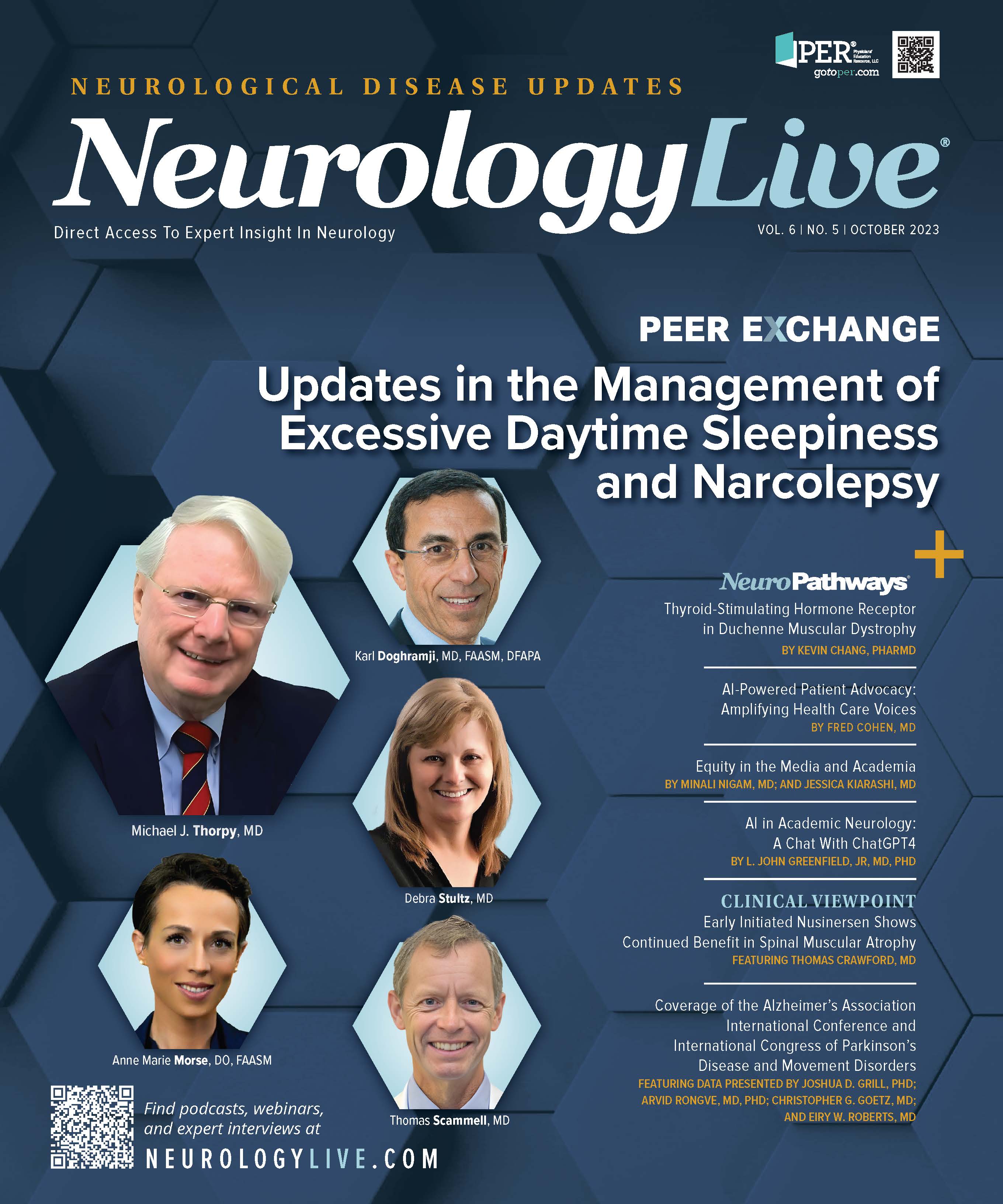News
Article
NeurologyLive
Lixisenatide Shows Promise in Phase 2 Trial as Adjunct Therapy for Early Parkinson Disease
Author(s):
Lixisenatide, commonly used to treat type 2 diabetes, has the ability to cross the blood brain barrier and has shown neuroprotective properties in preclinical models of PD.
Christopher Goetz, MD

Recent findings from the phase 2 LixiPark trial (NCT03439943) presented at the 2023 International Congress of Parkinson’s Disease and Movement Disorders, held August 27-31, in Copenhagen, Denmark, showed that participants with Parkinson disease (PD) treated with lixisenatide (Adlyxin, Sanofi), an investigational agent, had improvements in motor function.1 These results suggest that the therapy, a glucagon-like peptide 1 receptor (GLP1-R) agonist, may potentially have disease-modifying effects when utilized as an adjunct to other treatments for PD.
Following 1 year of treatment, patients given lixisenatide daily showed less disability on the Movement Disorder Society-Unified Parkinson's Disease Rating Scale (MDS-UPDRS III). The improved MDS-UPDRS scores among patients treated with lixisenatide reported during the ON and OFF states seemed to have a benefit on the underlying disease state, and was not considered just an enhanced pharmacologic effect on the treatments already in use.
“The study design is innovative, because it examines drug effects in both ON and OFF phases,” coauthor Christopher Goetz, MD, professor of neurological sciences and pharmacology at Rush University said in a statement.1 “Further, the high retention rates bespeak an impressive, centralized organization across the French centers conducting the research program. Larger international studies will definitively define this drug’s place in our treatment portfolio, but disease-modifying therapies are a goal that would open the prospect of treating the underlying disease as well as ameliorating symptoms.”
This randomized, double-blind, clinical trial evaluated the effects of 1 year of lixisenatide (20 μg/d) compared with the placebo on both motor and nonmotor PD symptoms in patients at an early stage of the disease to assess its potential as a "disease-modifying" effect. In the study, researchers examined patients both during OFF times, not under the influence of other medications, and during ON times, with lixisenatide in association with other antiparkinsonian medications. The primary end point was the change from baseline in the MDS-UPDRS III score, evaluated in the best ON condition in patients with early PD.
PD, a common neurodegenerative disease, is currently managed through symptomatic treatments that help improve the motor and nonmotor functions of the disease. Despite the availability of these treatments, they do not have the ability to slow down the underlining progression of the disease that creates additional motor and nonmotor disability.
There are several mechanisms related to the pathogenesis of PD including the aggregation of misfolded alphasynuclein, mitochondrial dysfunction, oxidative stress, and neuroinflammation. In recent research, findings from animal models of PD have suggested that GLP1-R agonists approved for the treatment of type 2 diabetes have neuroprotective properties to further the potential of cerebral insulin resistance in neurodegenerative diseases.2 Additionally, the findings of a recent clinical pilot trial suggest that treatment with the GLP-1R agonist exenatide (AstraZeneca) for 12 months helped improve motor function among patients with moderate PD. The GLP1-R are indicated widely in the central nervous system and GLP1-R agonists such as ixisenatide and exenatide, have measurable brain concentrations, making them a promising treatment for brain disorders like PD.
Recent published research shows that lixisenatide is a well-tolerated GLP-1R agonist that can be administered through a subcutaneous injection once-daily.3 The treatment has displayed beneficial effects on the brain for learning and memory by an increase of hippocampal neurogenesis as observed in preclinical models for obesity and diabetes. In addition, lixisenatide increases neurogenesis and decreases microglial activation in mice models for Alzheimer disease. Notably, the therapy displayed higher effectiveness at activating brain GLP-1R compared with liraglutide and exenatide and also demonstrated more effective neuroprotection in a variety of in-vitro models of neurodegeneration.
Click here for more coverage of MDS 2023.
REFERENCES
1. Diabetes treatment shows potential as an adjunct therapy for early Parkinson’s disease. News Release. Published August 27, 2023. Accessed August 27, 2023. https://www.movementdisorders.org/MDS/News/Newsroom/News-Releases/2023-Congress/Diabetes-treatment-shows-potential-as-an-adjunct-therapy-for-early-Parkinsons-disease
2. Aviles-Olmos I, Dickson J, Kefalopoulou Z, et al. Exenatide and the treatment of patients with Parkinson's disease. J Clin Invest. 2013;123(6):2730-2736. doi:10.1172/JCI68295
3. Leon N, LaCoursiere R, Yarosh D, Patel RS. Lixisenatide (Adlyxin): A Once-Daily Incretin Mimetic Injection for Type-2 Diabetes. P T. 2017;42(11):676-711.





